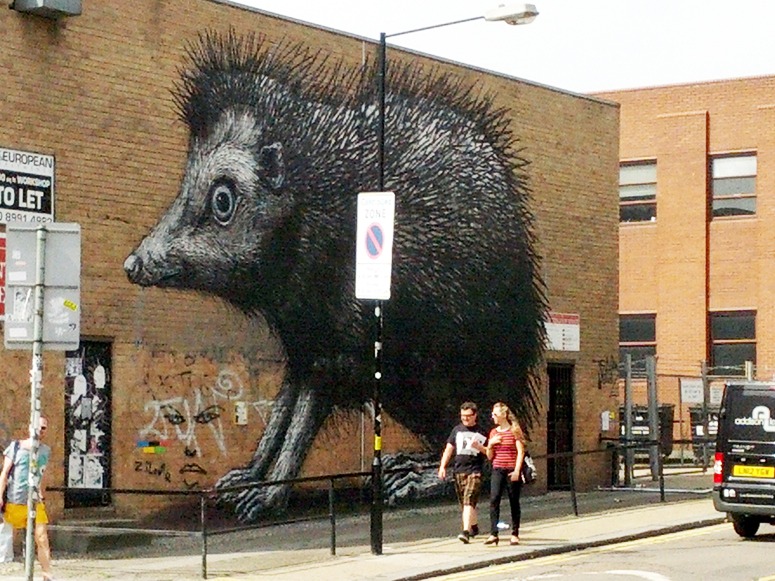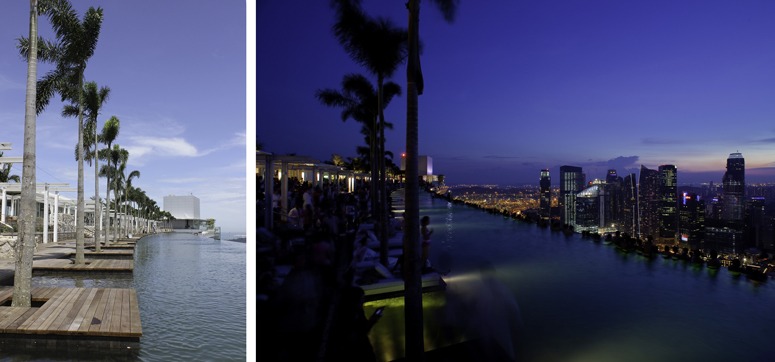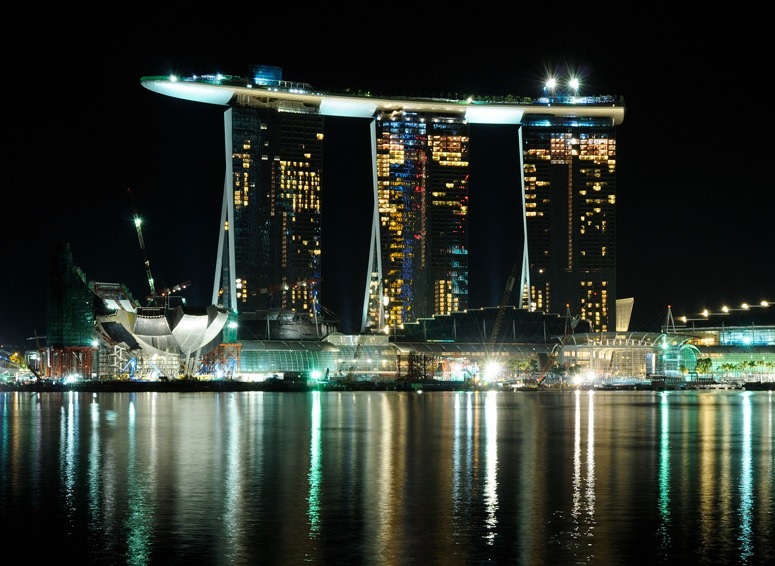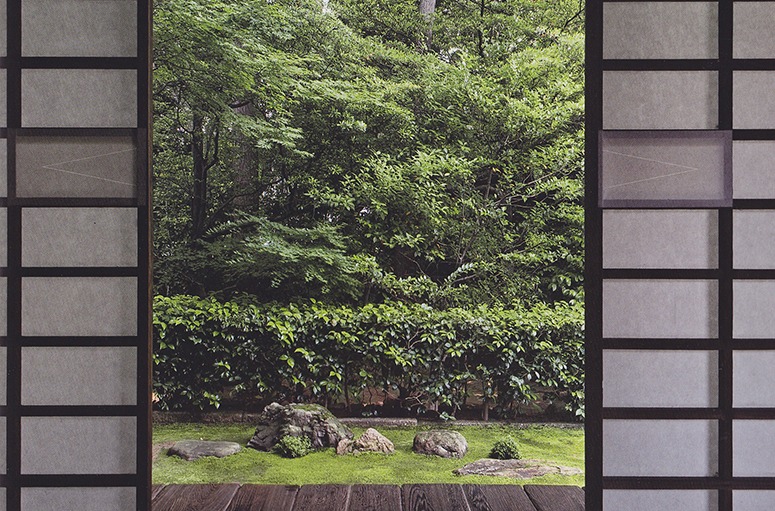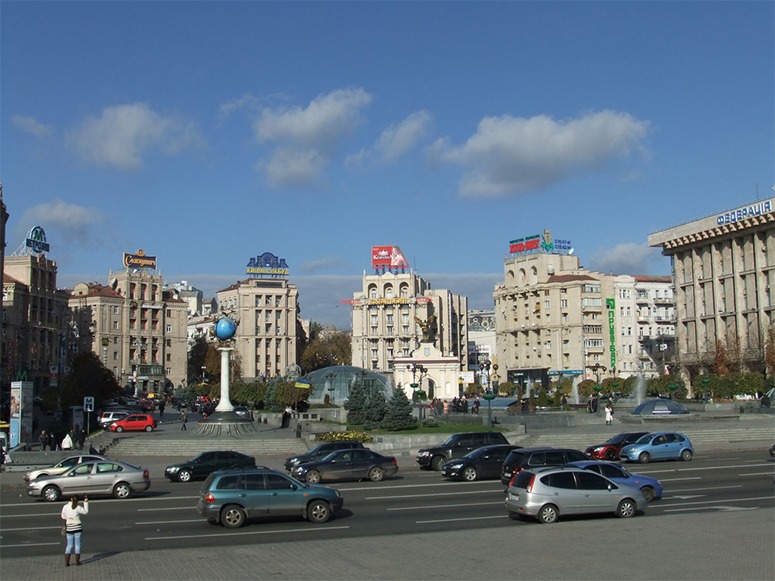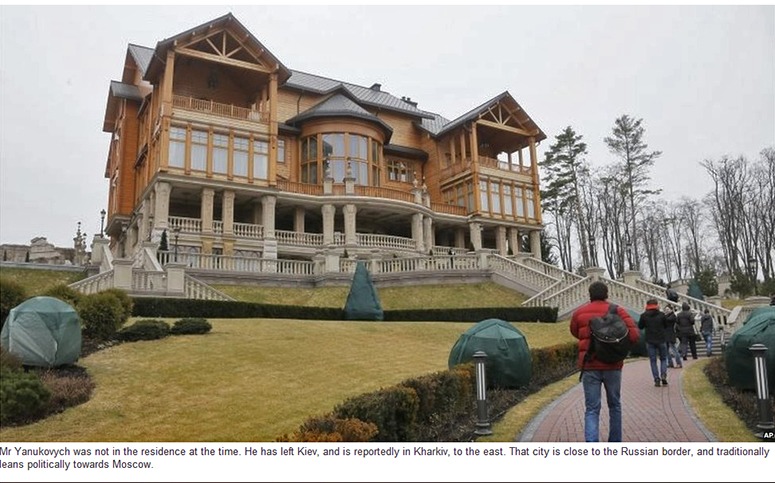Graffiti, street art and murals
In London, Graffiti, street art and murals are subject to borough control, not GLA control. Greenwich, my local council, suffers from the blinkers you would expect from 43 years of political control by the same party. So the policy is about ‘grafitti’ instead of ‘street art’. Here it is:
Graffiti removal
We aim to keep all council property free of graffiti, but we need your help. If you report a graffiti problem to us, we will deal with it.
How to report graffiti
You can report by mail, phone, email or online form using the details on the right.
If you can, please provide details about those responsible for the graffiti. We will try to make them, or their parents or guardians if applicable, to pay for the graffiti removal.
What happens next
Our cleaning team will inspect and remove offensive and racist graffiti within 24 hours. Other graffiti on the outsides of Council property will be removed within three working days.
Graffiti on private property
The team will also remove graffiti on private property, although there may be a charge for non-offensive graffiti.
We require signed permission from the owner before we remove any graffiti from private property.
Anti-social behaviour
In some cases – for instance, when it seriously affects you or causes great inconvenience – graffiti can be considered a type of anti-social behaviour.
Hackney was long considered the worst-run borough in London but has had more diverse political control in recent years and has undergone rapid trendification. Anyway, the above illustration is from Hackney and the policy is on Graffiti, street art and murals. One could regard it as enlightened, at least in comparison to Greenwich eg ‘We recognise that some people consider that street art makes a positive contribution to the urban environment. If your property has a piece of street art or mural on it, you must contact our Environmental Enforcement team to let us know that you would like to keep it.’ BUT the Hackney Hedgehog is on a building marked ‘to let’ so it was probably done without the owner’s permission. Does this make it graffiti and an act of vandalism attributable to migrants from Eastern Europe? The poor beastie looks a bit underfed. Or is it political activism by deep ecologists who want more more planning for nature in urban areas?

